News Archive
Filter By
- Abyssinian ground hornbill
- Addax
- Aldabra tortoise
- Allen's swamp monkey
- Alpaca
- American alligator
- American avocet
- American bison
- American flamingo
- American wigeon
- Andean bear
- Aquatic caecilian
- Arapaima
- Asian elephant
- Asian small-clawed otter
- Asian water dragon
- Australian snake-necked turtle
- Bald eagle
- Baltimore oriole
- Barred owl
- Bearded emperor tamarin
- Beaver
- Bennett's wallaby
- Binturong
- Black-and-white ruffed lemur
- Black-and-white warbler
- Black-crowned night heron
- Black-footed ferret
- Black-tailed prairie dog
- Black-throated blue warbler
- Blue-billed curassow
- Blue crane
- Bobcat
- Brown pelican
- Bufflehead
- California sea lion
- Canvasback
- Cedar waxwing
- Channel catfish
- Cheetah
- Chicken
- Chinese alligator
- Chinese three-striped box turtle
- Clouded leopard
- Collared brown lemur
- Common raven
- Common yellowthroat
- Corals and sea anemones (anthozoa)
- Cow
- Crocodile monitor
- Cuban crocodile
- Dama gazelle
- Degu
- Dunlin
- Eastern indigo snake
- Eastern newt
- Eastern red-backed salamander
- Eastern screech-owl
- Eld's deer
- Electric eel
- Emperor newt
- Fennec fox
- Fishing cat
- Gaboon viper
- Geoffroy's marmoset
- Gharial
- Giant leaf-tailed gecko
- Giant panda
- Goat
- Golden-headed lion tamarin
- Golden lion tamarin
- Gray seal
- Gray wolf
- Green tree python
- Grevy's zebra
- Guam kingfisher (sihek)
- Guam rail (ko’ko’)
- Guinea pig
- Harbor seal
- Hartmann's mountain zebra
- Hawk-headed parrot
- Hellbender
- Home's hinge-back tortoise
- Hooded crane
- Iranian fat-tailed gecko
- Japanese giant salamander
- King vulture
- Komodo dragon
- Kori bustard
- Kunekune pig
- Land hermit crab
- Larger Malay mouse-deer
- Lemur leaf frog
- Lesser hedgehog tenrec
- Lesser kudu
- Linné's two-toed sloth
- Lion
- Loggerhead shrike
- Long-tailed chinchilla
- Long-tailed salamander
- Maned wolf
- Meerkat
- Miniature donkey
- Naked mole-rat
- North American porcupine
- North American river otter
- Northern Luzon giant cloud rat
- Northern pintail
- Northern red salamander
- Northern snakehead fish
- Northern tree shrew
- North Island brown kiwi
- Norway rat
- Orangutan
- Orchard oriole
- Ossabaw Island hog
- Ostrich
- Ovenbird
- Pallas's cat
- Panamanian golden frog
- Patagonian mara
- Persian onager
- Philippine crocodile
- Prehensile-tailed porcupine
- Prevost's squirrel
- Przewalski's horse
- Pygmy slow loris
- Red-crowned crane
- Red-fronted lemur
- Red-rumped agouti
- Red-winged blackbird
- Red knot
- Red panda
- Red River hog
- Red ruffed lemur
- Red wolf
- Ring-tailed lemur
- Ruddy duck
- Schmidt's red-tailed monkey
- Scimitar-horned oryx
- Screaming hairy armadillo
- Semipalmated plover
- Semipalmated sandpiper
- Siamang
- Sitatunga
- Sloth bear
- Southern lesser galago
- Southern swamp sparrow
- Southern tamandua
- Spider tortoise
- Striped skunk
- Swainson's thrush
- Tanagers
- Tentacled snake
- Tiger
- Titi monkey
- Turkey
- Twig catfish
- Vietnamese mossy frog
- Virginia opossum
- Von der Decken's hornbill
- Western lowland gorilla
- White-cheeked gibbon
- White-faced saki
- White-naped crane
- White-nosed coati
- Whooping crane
- Yellow-breasted chat
Displaying 376 - 400 of 2360 articles.
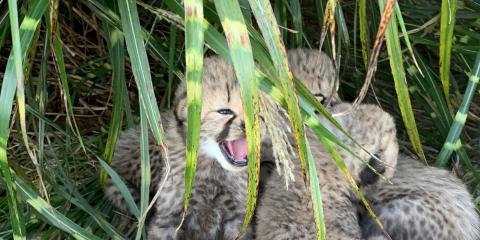
#CheetahCubdate 3: Cubs in the Grass
Animal care staff peeked in on Rosalie's five cheetah cubs in their new den of tall grasses.
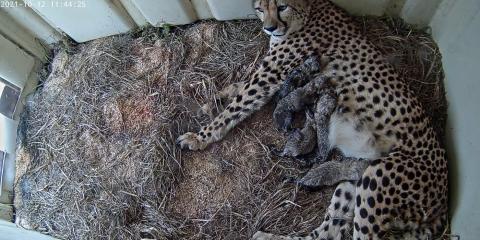
#CheetahCubdate 2: A New Den
Cheetah mom Rosalie has picked a new "den" for her cubs. She moved them, one by one, to a large clump of tall grasses in her yard. The area is well-protected and it is not uncommon for cheetah moms to move dens.
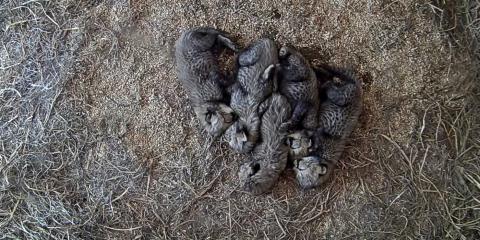
#CheetahCubdate 1: An Introduction to Cuddle Puddles
Rosalie’s cubs are 1 week old today and there’s only good news to report: they’re adorable, fat and happy.
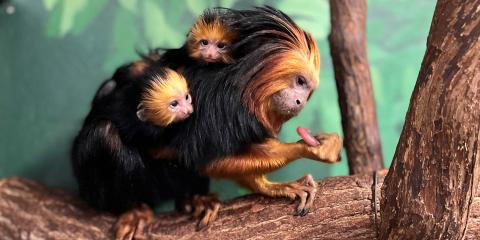
Golden-Headed Lion Tamarins Are Born at Smithsonian’s National Zoo
For the first time in 16 years, Smithsonian’s National Zoo is celebrating the birth of golden-headed lion tamarin twins.
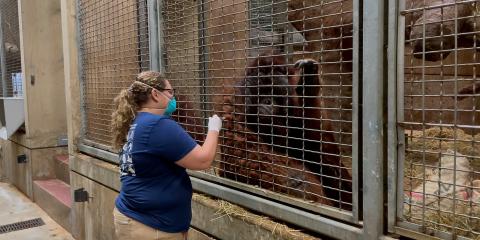
Lions and Tigers Continue To Recover From COVID-19 and First Vaccines Were Administered To Susceptible Species at Smithsonian’s National Zoo
The lions and tigers who tested presumptive positive for COVID-19 the week of Sept. 13 are recovering well. All are behaving, eating and drinking normally. Zoo animal care staff also administered the first round of animal-specific COVID vaccines to 11 animals Oct. 13.

Cheetah Cubs Are Born at the Smithsonian Conservation Biology Institute
Carnivore keepers at the Smithsonian Conservation Biology Institute in Front Royal, Virginia, welcomed a litter of five cheetah cubs today.
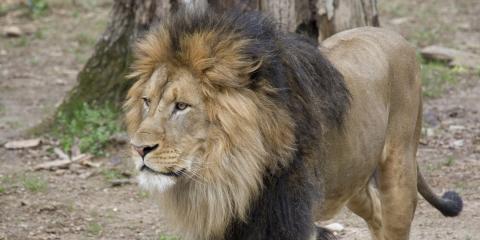
Lions and Tigers Recovering Well at Smithsonian’s National Zoo
The lions and tigers at the Smithsonian’s National Zoo who tested presumptive positive for COVID-19 the week of Sept. 13 are behaving and eating normally.
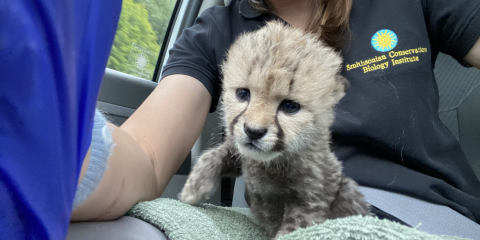
#CheetahCubdate: Cheetah Cub Successfully Living with Foster Cheetah Family
On Sunday, Oct. 3, a 2-week-old male cheetah cub was transferred to Wildlife Safari in Winston, Oregon, and introduced to his foster cheetah family. Get the full story from cheetah reproductive biologist Adrienne Crosier!
Smithsonian Conservation Biology Institute Cheetah Cub Successfully Transferred to Foster Cheetah Family in Oregon
A 2-week-old male cheetah cub from the Smithsonian Conservation Biology Institute in Front Royal, Virginia, was transferred to a new cheetah foster mother at Wildlife Safari in Winston, Oregon, Sunday, Oct. 3.
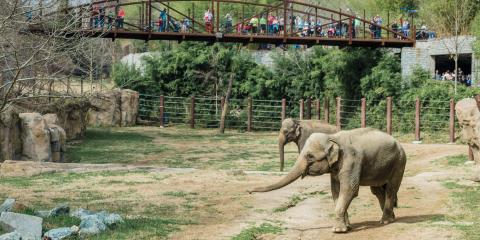
How to Care for Asian Elephants
Raise your trunks for the world’s largest land mammal: the elephant! Find out how animal keeper, Rebecca Riley, cares for Smithsonian’s National Zoo’s Asian elephant herd.
Update on COVID-19 Positive Great Cats at the Smithsonian’s National Zoo
The lions and tigers at the Smithsonian’s National Zoo continue to be treated for COVID-19. All tigers and lions, including the three lions noted of concern in the Sept. 24 update, are improving and eating.
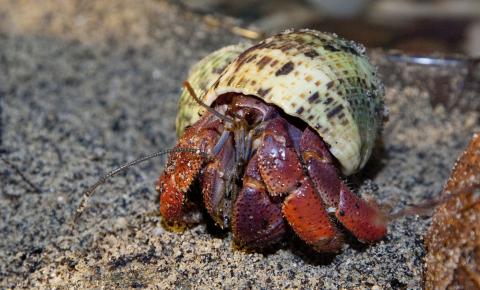
How Do You Build a Home for Hermit Crabs?
"Shellebrate" land hermit crabs and take a behind-the-scenes look at how keepers built a habitat for these charismatic crustaceans.
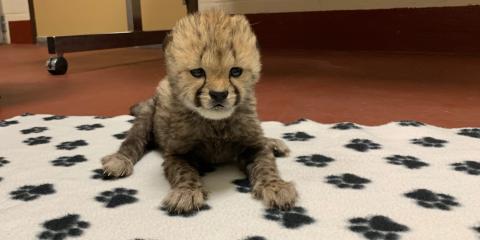
#CheetahCubdate: First Vet Exam
Earlier this week, the 2-week-old cheetah cub we are temporarily hand-raising received a clean bill of health from the veterinary team! Get the full cubdate from biologist Adrienne Crosier.
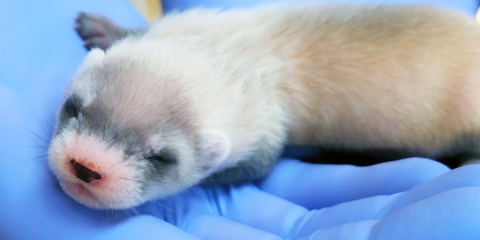
Black-Footed Ferrets: Top Milestones for a Species Once Presumed Extinct
Black-footed ferrets, North America’s only native ferret species, were thought to have gone extinct in 1979. On Sept. 26, 1981, a black-footed ferret was discovered on the Wyoming prairie. From that unlikely occurrence, an entire species began its comeback — one of the most remarkable conservation...

Update on COVID-19 Positive Great Cats at the Smithsonian’s National Zoo
The lions and tigers at the Smithsonian’s National Zoo continue to be treated for COVID-19. All tigers and three lions are eating normally and improving. Three lions are of greater concern.
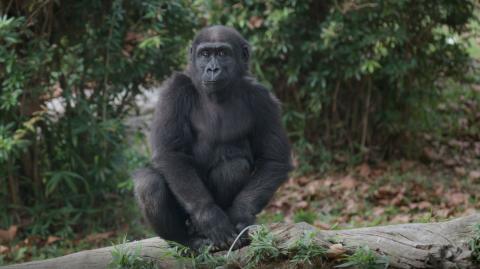
A Day in the Life of a Gorilla at Smithsonian’s National Zoo
Playing, foraging, training and snoozing—it’s all in a day in the life of the Smithsonian’s National Zoo’s western lowland gorilla troop!

#PandaStory: A Splashing Good Time
Giant panda cub Xiao Qi Ji may have found a new favorite pastime. While keepers were cleaning the outdoor patio Sept. 16, our curious cub jumped in the hose spray and had a splashing good time!
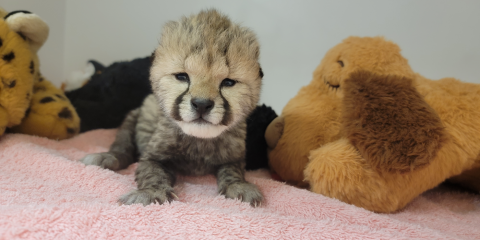
A Cheetah Cub Check-in
Get an inside look at the one-week-old cheetah cub animal care staff at Smithsonian Conservation Biology Institute are currently hand-raising in this #Cubdate Q&A with biologist Adrienne Crosier.
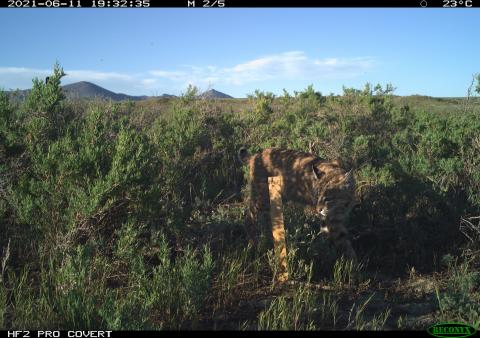
How I Study Elusive Prairie Bobcats
Find out how Smithsonian researchers are using camera traps to study bobcats on the Northern Great Plains.
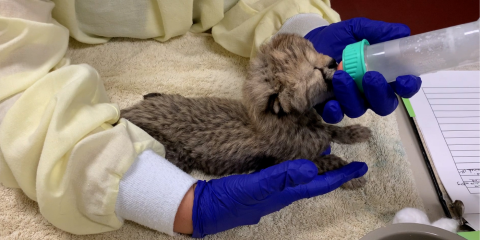
Animal Care Staff Are Hand-rearing Cheetah Cub at the Smithsonian Conservation Biology Institute
Animal care staff at the Smithsonian Conservation Biology Institute (SCBI) are hand-raising a male cheetah cub for several weeks before placing the cub with a foster cheetah mother at another zoo. The cub was one of a litter of three born to 7-year-old female Sukiri Sept. 16; one cub was stillborn...
Great Cats Tested Presumptive Positive For COVID-19 at the Smithsonian's National Zoo
Six African lions, a Sumatran tiger and two Amur tigers have tested presumptive positive for the virus that causes COVID-19. Last weekend, animal keepers observed decreased appetites, coughing, sneezing and lethargy in several lions and tigers. Fecal samples for all great cats were collected and...

Autumn Update from the Smithsonian’s National Zoo
Members of the Zoo Neighborhood Council received this correspondence Sept. 16, 2021.

How Do You Keep Animals Cool in the Heat?
If you have visited the Zoo during the summer, then you know it can get hot, muggy and buggy here in Washington, D.C.! Find out how keepers use enrichment to help animals stay cool in the heat.
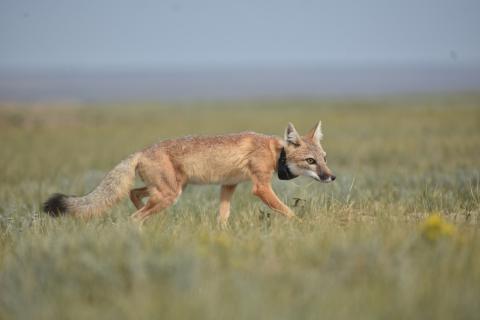
Learning About Swift Foxes from What They Leave Behind
Sometimes, science stinks — literally! In Montana, researchers are setting up “scat traps" to attract swift foxes, so they can learn from the droppings the foxes leave behind.
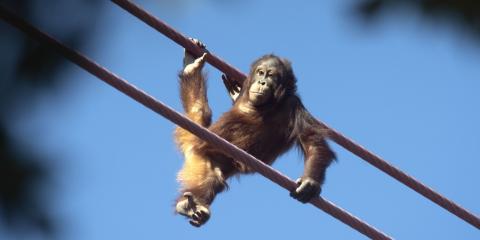
#OrangutanStory: Happy 5th Birthday, Redd!
Our youngest Bornean orangutan, Redd, celebrated his fifth birthday Sept. 12! Primate keeper Erin Stromberg looks back at some of her favorite moments from the past year in her latest #OrangutanStory update.
